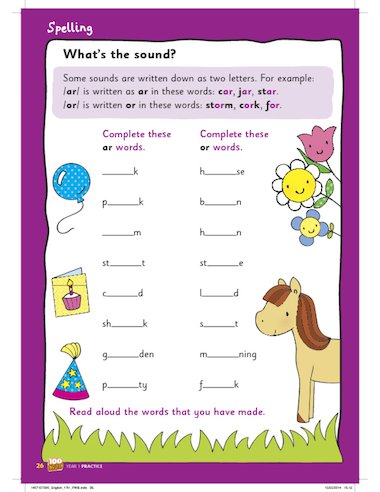Instructional coaching in EL schools increases the achievement and engagement of every student by bringing out the best performance of every teacher. Coaches use both student-centered and teacher-centered methods to help teachers improve the decisions they make about their instruction.
Frog life cycle. Create a 3-D Life Cycle of a Frog craft when you teach about the life cycle of frogs with this So Sweet Craft. This frog life cycle craft is perfect to reinforce the topics taught during this science lesson and it works well as a frog life cycle. Teaching resourceScience of Reading Decoding Strategy Bookmarks and Poster teaching resourceInauguration Day Word Scramble teaching resourcePresidential Oath of Office. Teaching Resource Life Cycle. Teachers Teaching Tools Homepage. Sign up for our Teacher Newsletter to get teaching ideas, classroom activities, and see our latest deals.
Coaching Cycles
Instructional coaching in EL schools is focused on evidence of student achievement and engagement connected to the instructional choices of
the teacher. Coaching involves an ongoing cycle of goal-setting, learning, observation and data collection, and reflection. However, the beginning point in this cycle is not the same for every teacher. Some coaching relationships may enter the cycle at the learning stage, while others might enter through data collection or reflection.
- Goal Setting: All instructional coaching involves setting goals. In fact, the very definition of coaching is built on the presence of clear, focused goals related to teacher practice and student achievement. While not necessarily the first step in every coaching relationship, formal coaching cycles should be guided by goals articulated by the teacher and informed by larger school improvement priorities.
- Learning: Instructional coaching must be viewed, first and foremost, as a form of learning. The power of coaching comes through the intentional focus on clearly identified goals specific to each teacher and connected to the school’s larger professional development/EL work plan goals. Teachers learn through school-based professional development, institutes, and practices such as looking at student work, reading and discussing educational texts, observing best practices (e.g. model teaching, peer observation, use of video), co-teaching, and collaborative planning of curriculum, instruction and assessment.
Download this resource to read the full text.
Resource Downloads

Please log in to access the downloadable resources.
- Challenge
- Initial Thoughts
- Perspectives & Resources
- Wrap Up

Page 11: Implementing the Instructional Cycle
It is critical that teachers determine beforehand what they expect students to have learned by the end of a lesson. An inexperienced teacher might begin this process by first creating lesson plans and developing activities. This kind of instruction, however, is likely to be ineffective and lack focus because the teacher has not first decided how to assess whether students have mastered a set of intended learning outcomes. By contrast, an experienced teacher will have a clear picture in his or her mind of the students’ intended learning outcomes, and will design appropriate and effective instructional activities to guide students toward mastery of those outcomes.
A new teacher, Ms. Begay wants to ensure that the instruction she provides will serve to promote mastery of the intended learning outcomes. She decides to use an instructional cycle to help her design effective instruction. This instructional cycle consists of three stages.
These three items comprise the instructional cycle stages.
Stage 1: Intended Instructional Outcomes
Effective teachers begin the instructional cycle by identifying the content standards and benchmarks that the lesson or unit will address. Next, the content standards are translated into measurable learning outcomes. At this stage of the instructional cycle, the teacher has a clear idea of what students need to know, understand, and be able to do to meet the standards-based curriculum. It is important for teachers to keep in mind how they will assess the intended learning outcomes.

Stage 2: Planning
In the second stage, teachers should plan effective teaching strategies and instructional activities. It is also important that teachers plan on-going formal (e.g., standardized tests) and informal (e.g., teacher-made tests, portfolios) assessments to determine students’ progress. Once the learning outcomes, instruction, and assessment have been planned, the teacher will carry out the planned instruction.
Stage 3: Assessment
Reading Resources For Teachers
In this third stage, teachers actually implement their planned assessments to determine whether students have met the intended learning outcomes. It is important to understand that assessment is not something that occurs only at the end of the instructional cycle. Assessment is planned when the intended outcomes are conceptualized and implemented during instruction and at the end of instruction to determine whether students have mastered the intended learning outcomes.
Keep in Mind
K 3 Teacher Resources
Reflective teachers use what they have learned about student performance from assessments to continually inform the instructional cycle process.
